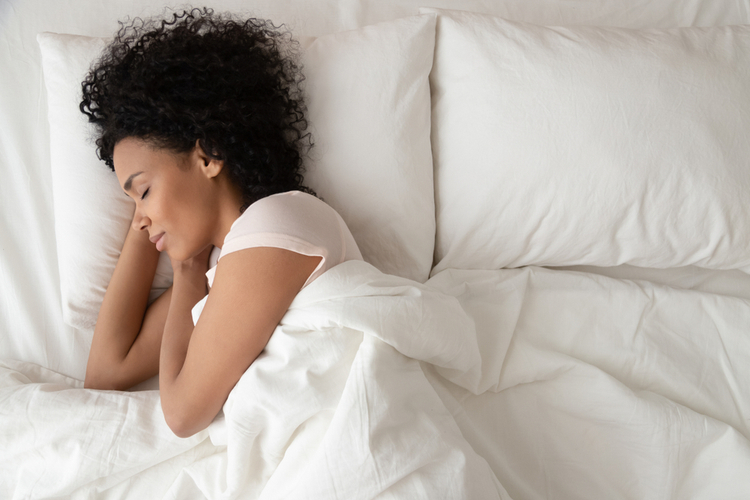Getting a Better Night’s Sleep with Cannabis
Nearly everyone is familiar with the term “insomnia,” but few of us fully understand it. More than just “difficulty falling asleep,” it’s a surprisingly complicated family of sleep disorders. And while it’s sadly familiar to many of us—an estimated 60 million Americans suffer from insomnia at any given time—it can be notoriously difficult to treat. Fortunately, a growing body of evidence suggests cannabis for sleep health is an effective, gentle, and most importantly, sustainable solution. We’ll walk you through an introduction to why cannabis might be an effective remedy, and then some best tips on getting the most from cannabis for sleep.
Cannabis for Sleep: The Science
There are several subtypes of insomnia, but the simplest way to describe it is “the inability to fall asleep and/or stay asleep.” If you or someone you love has ever suffered from insomnia, you probably know that there are countless remedies and techniques on the market. Some have greater success rates than others, but none are 100% effective. But as cannabis continues to gain public and medical acceptance, patients are increasingly turning to it to finally get some good zzz’s.
One reason cannabis can be such an effective treatment for insomnia is that rather than merely drugging us to sleep, it helps restore a more sustainable sleep cycle. That said, not all cannabis is the same—some strains tend to be more effective than others in helping you get truly restful slumber.
You’re probably familiar with the two major cannabinoids, or “active ingredients” in cannabis: THC and CBD. THC is the only cannabinoid responsible for the plant’s psychoactive effects, or “high.” Until recently, CBD has received less attention, but we now know it’s a powerful anxiolytic (or anti-anxiety) medication and can exhibit other calming and anti-inflammatory properties.
Cannabis is typically classified by its proportion of THC to CBD. According to a study conducted in 2008, cannabis with a higher proportion of THC reduced the amount of test subjects’ REM sleep. Why is this significant? Because REM is the stage of sleep in which people experience dreams, the theory is that fewer dreams equal more time in a restorative and dreamless “deep sleep” state. What’s more, if you suffer from anxiety or PTSD, REM sleep is where you’ll experience nightmares. Less REM sleep equals fewer nightmares, a major cause of broken sleep.
Cannabis for Sleep: How to Get the Most From It
So what’s the takeaway? How you personally benefit from these scientific studies? These findings indicate that those wanting to combat insomnia should try cannabis with a higher proportion of THC than CBD, but not to an extreme degree. Some hyper-potent strains containing 20% THC or higher will be difficult to dose properly, and there’s a better chance of feeling groggy the next morning. We recommend starting with a lower THC to CBD strain like Vireo Yellow and adjusting from there.
When you’re using cannabis for sleep we recommend taking the smallest effective dose. It may take a few days or even a week or two to find the optimal amount for you, but using less rather than more will help keep this remedy sustainable, minimize any “hangover,” and help keep your body and mind primed for living your daytime life to the fullest. After all, that’s the point of healthy sleep, isn’t it?
If you have any questions about insomnia, using cannabis for sleep, or anything else, don’t hesitate to reach out. We’re here to help!

